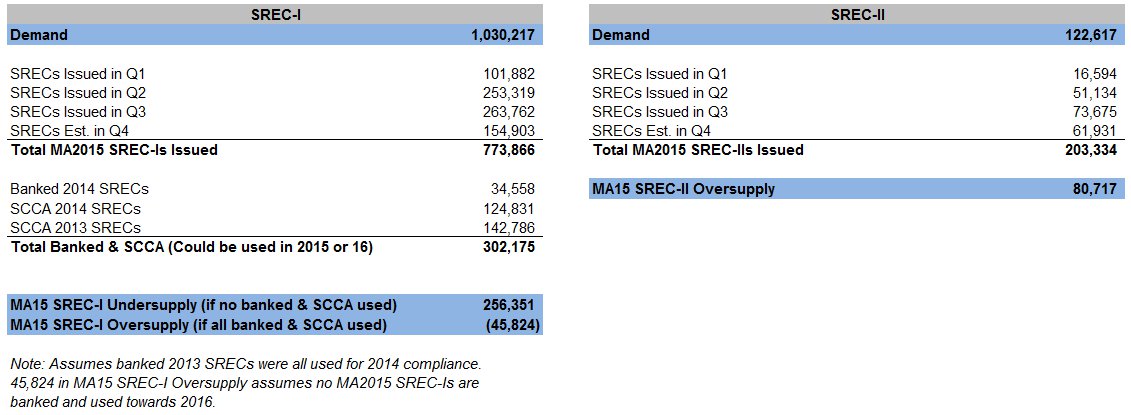On April 11, Governor Baker signed into law Chapter 75 of the Acts of 2016. The law, which was passed with an emergency preamble to have immediate effect, raises the net metering cap by 3% for private and public solar projects and will reduce the current retail remuneration rate to the wholesale rate for commercial and community solar projects once the state hits its 1600 MW solar target. Residential projects 10 kW and smaller on single-phase circuits, or systems under 25 kW on 3-phase circuits, will be exempt from the new rates under Sections 7 and 8 of the Act. Finally, the Act will permit utilities to charge solar project owners a minimum bill to cover their fixed costs.
The immediate effect of the Act will enable the stalled solar industry in Massachusetts to restart in the short term, but the Act is far from a comprehensive solution to establishing long-term, sustainable policies for solar in the Commonwealth. With the new cap estimated to be reached in some territories within a few weeks, the pressure remains on the Legislature to continue discussions on the future of solar in the state.
The Act is the result of compromise between and among the Senate, the House of Representatives, and Governor Baker. Following an impasse of the chambers’ and Governor’s respective bills last summer and into the fall, the Legislature was able to reconcile H.4173 and S.1979, passing the bill in each chamber with nearly unanimous approval. The lone “Nay” was asserted by Rep. Jonathan Hecht (D), who voiced his worry that devaluing net metering credits was a step in the wrong direction for the Commonwealth. “I’m afraid if we do lower net metering rates by that large amount, it means many solar projects simply will not get built[]”, Hecht said.
With the devaluation of net metering rates, stakeholders will expect the value to be made up elsewhere to ensure the financial viability of solar projects. Following the SREC-II Emergency Regulations issued by the DOER last week, it is clear that the DOER is working on the next phase of the state’s solar incentive program to fulfill their obligations under Section 11 of the Act. Sustainable Energy Advantage, LLC (SEA) has been engaged to assist in conducting analysis in evaluation of the next program, and stakeholders will have the opportunity to participate in the design and implementation of the next phase of the program.
Thanks in large part to the state’s net metering policies, former Governor Patrick setting the state’s 1,600 MW target, and the successful SREC-I and SREC-II programs, the robust Massachusetts solar industry now employs more than 15,100 people. Today, the state ranks sixth in installed solar capacity, with more than 1,020 MW of solar installed.
Tweet





